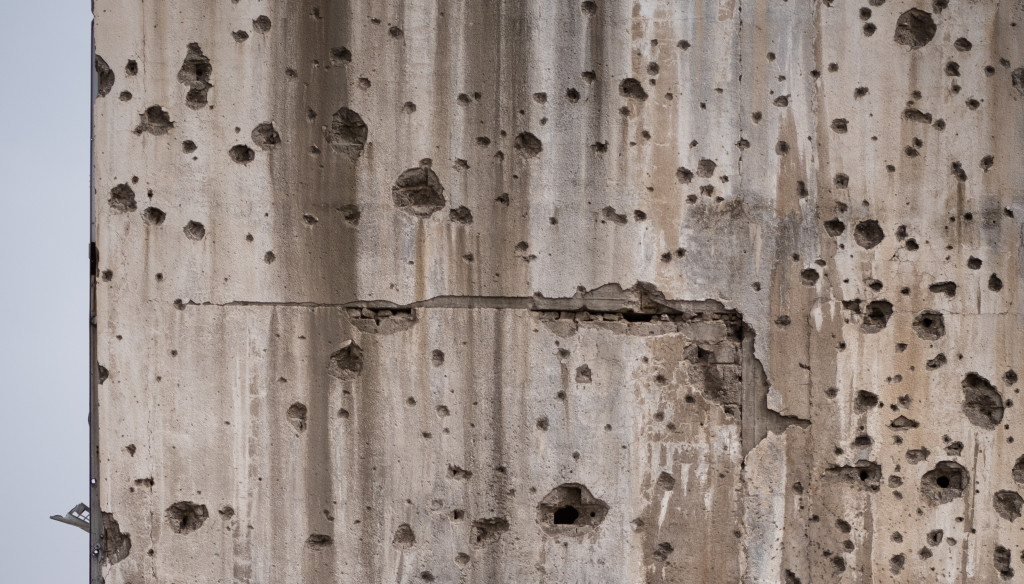By Olivier J. Walther, University of Florida
The internal structure of violent extremist organizations such as Boko Haram in West Africa remains largely unknown due to their secretive nature. Of particular importance is whether violent extremist organizations are centralized around a few key hubs or composed of highly decentralized cells.
In a new paper published today in Applied Network Science, my colleagues Rafael Prieto Curiel, Neave O’Clery and I develop a new technique to study the fragmentation of Boko Haram based on their mobility patterns. Using disaggregated data from ACLED, we analyze the sequence of events in which Boko Haram has been involved since 1997 to detect attacks that were potentially conducted by the same cell.
Assuming that travel costs and reduced familiarity with unknown locations limit the mobility of the organization, we show that Boko Haram is a rather fragmented organization in which 50-60 decentralized cells are capable of committing numerous and repetitive attacks against government and civilian targets.
Our analysis also identifies a number of key routes frequently travelled by Boko Haram cells, including international border crossings. In northern Nigeria, most of the movements take place between Maiduguri in Borno State and the cities of Damaturu and Potiskum in Yobe State, along the major A3 Highway. Numerous movements are also recorded between Maiduguri and the Sambisa Forest, where Boko Haram has found a safe haven, and between the capital of Borno and the Cameroon border, where the headquarters of the organization was located until the counter-offensive of the Nigerian army and the Multinational Joint Task Force (MNJTF) in 2015.
Our network approach supports earlier studies that noted that Boko Haram was organized around a loose federation of cells. Due to the speed and spatial dispersion of attacks, we find no evidence that Boko Haram is a strongly unified organization, despite being formally ruled by a ruthless leader. The main unit of Boko Haram led by Abubakar Shekau also appears less dominant in terms of casualties and geographical extent than some other previous studies claim.
Our findings can be used to inform counter-insurgency strategies. Firstly, dismantling one of the 50-60 presumed cells is unlikely to significantly reduce violence in the region. Secondly, some paths are more frequently traveled by Boko Haram cells than others and so prevention interventions can be oriented to stopping cells when they move between two consecutive events, rather than a reactive strategy, targeting specific locations, such as where a cell previously has attacked. Thirdly, the large number of cross-border movements reported in our study suggests that Boko Haram has been able to operate regionally despite the counter-offensive launched by Nigeria and its neighbors to secure the borders of the Lake Chad region.
Source: Prieto Curiel R, Walther O, O’Clery C. 2020. Uncovering the internal structure of Boko Haram through its mobility patterns. Applied Network Science 5(28): 1-23.
